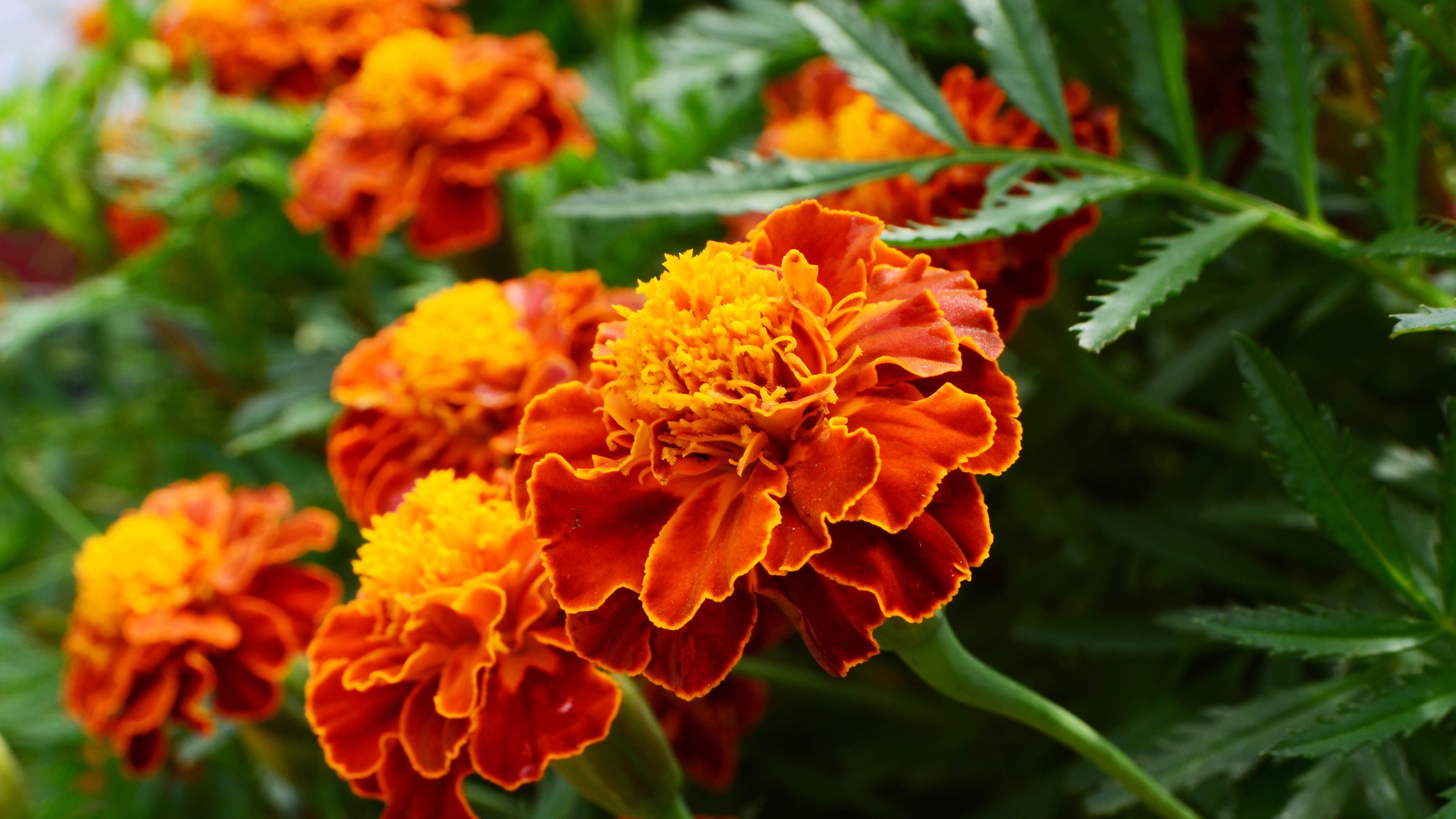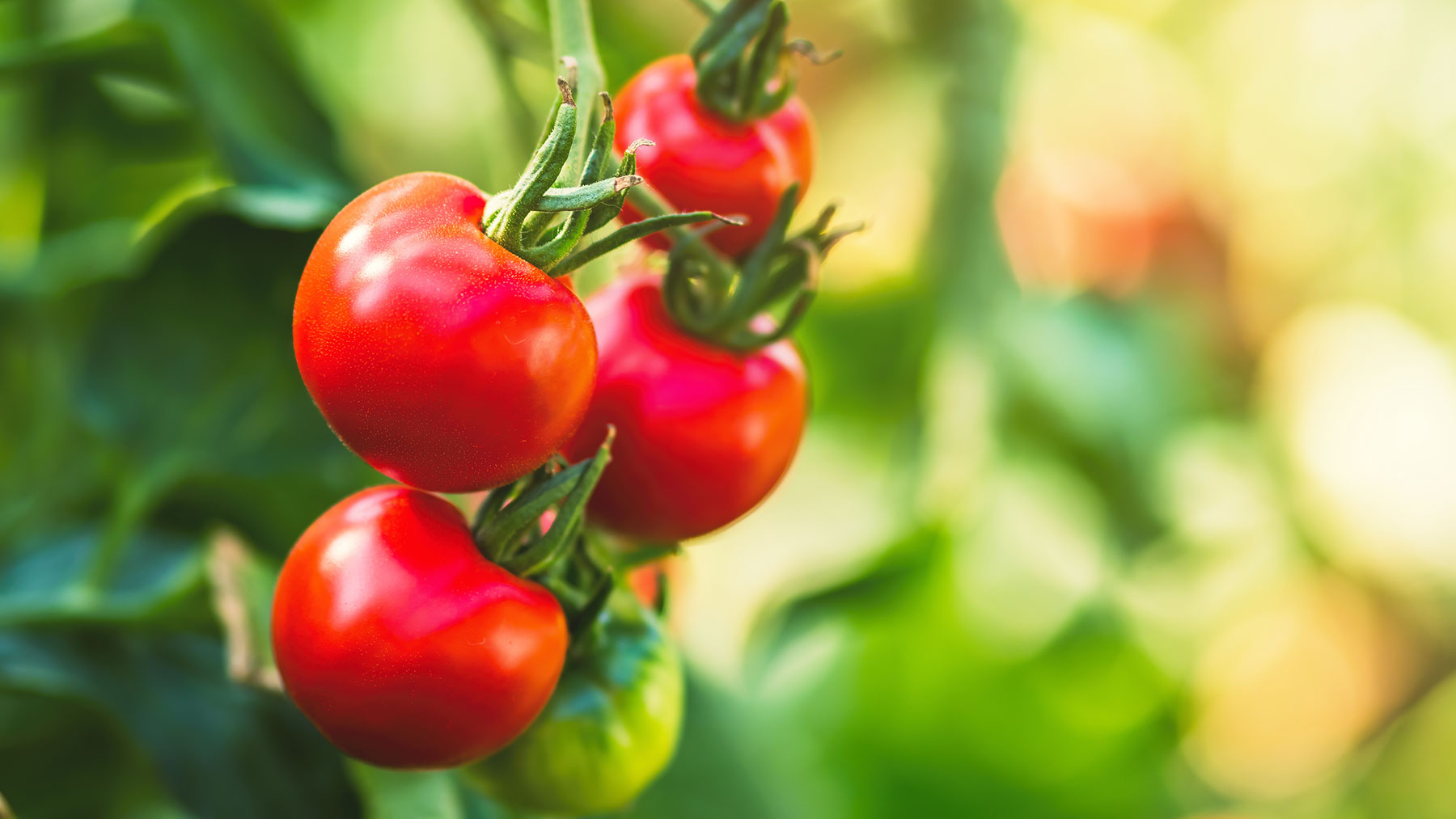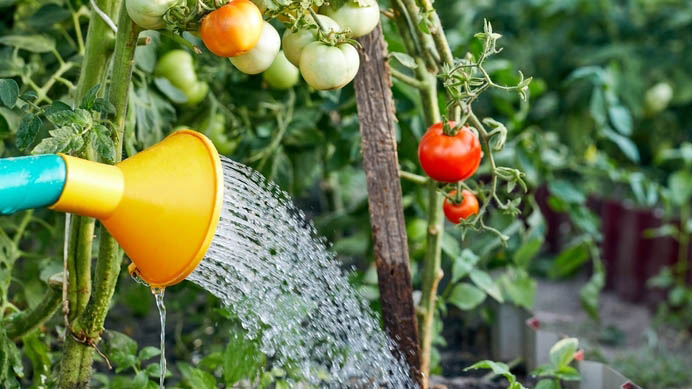Nothing is more satisfying than picking fresh, homegrown vegetables straight from the vine onto the plate. This is especially when preparing those refreshing salads for summer!
But while you can easily grow tomatoes from seeds or tomatoes in pots, there’s one thing that you can’t control — pests.
In fact, protecting tomato plants from being eaten by pests is one of the major challenges faced when ensuring a juicy harvest.
The usual suspects tend to be whiteflies or aphids that feed on tomato plants, when they’re beginning to flower, resulting in weaker, stunted growth.
However, a gardening expert has revealed a rather unusual top tip for growing juicy tomatoes to help them thrive.
All you need is to plant it next to this one flower in particular to keep pests at bay. So what is this common, colorful plant?
Mighty Marigolds

According to Laura Osteen, an expert from Secret Garden Landscapes, planting marigolds near your tomato crops will help to repel pests. This is mainly because of the strong smell it produces, which may be pleasant to us, but repulsive to most pests, including mosquitoes.
This smell contains a natural compound often found in insect repellents, known as limonene, producing a citrusy aroma — which should prevent aphids from coming anywhere near your fresh tomatoes.
“Researchers have detected that marigold plants actually release a gaseous chemical called limonene that is a main component in the oil of citrus peels." states Osteen.

In addition, marigolds are known to release compounds into the soil that will kill parasites such as nematodes, which will further benefit the growth of your tomato plants and keep their environment healthy.
What’s more, while these beautiful, vibrant flowers are a great way to instantly brighten up your yard, these will also attract pollinators to your plants, such as butterflies and bees, which can help to boost tomato plant yields.
So if you’re hoping for a bountiful, juicy harvest this summer, try placing marigolds next to your tomato plants for the best results!
Just be sure not to make these 7 mistakes when growing your own tomatoes.
.png)












 English (US) ·
English (US) ·